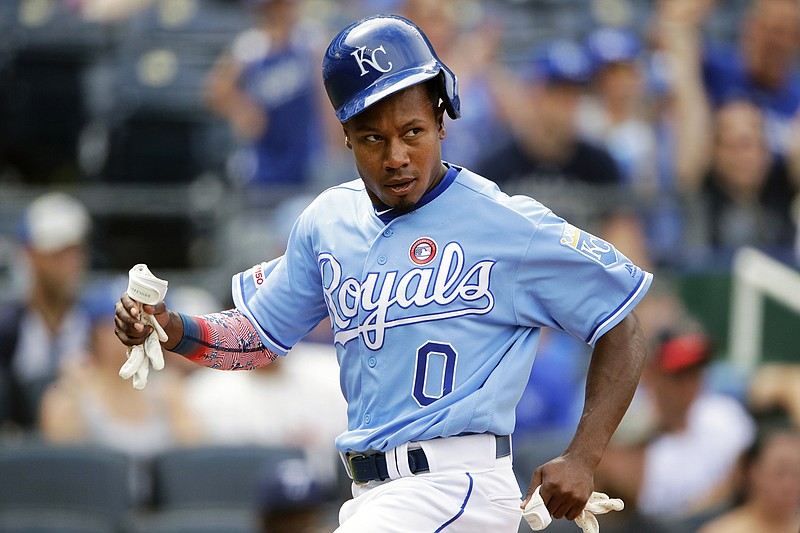Are more rule changes on the horizon for Major League Baseball?
We’ve seen the implementation of four new rules for MLB this season in the pitch clock, bigger bases, shift restrictions and limiting pickoff attempts, and through a month of the season, they’ve largely been successful.
The pitch clock has taken nearly 30 minutes off average game time, the shift restriction seems to have brought up league batting average on balls in play to pre-2020 levels with most of that coming from a rise in singles and the combo of the pitch clock, bigger bases and pickoff restrictions has increased stolen base rate to a high we haven’t seen since 1999.
I have loved baseball for most of my life and the point of the rule changes was to get closer to the type of baseball we watched before the analytic revolution, mostly brought about by the Tampa Bay Rays, in the past decade. They’ve done almost exactly that, while bringing us closer to game times and stolen base levels from the ’80s.
It’s been a lot of fun to watch.
But I think there are a couple of things MLB still wants to change about how baseball is currently constructed, which were untouched by this year’s new rules.
Firstly, the strikeout rate. Strikeouts have been rising consistently throughout the history of baseball, rising from around 3.5 per team per game in the 1940s, reaching five for the first time in 1959, six in 1994, seven in 2010 and eight in 2016 with this year’s level at 8.65, just below the 2019 all-time high at 8.81.
Part of that surely is players operating under the idea strikeouts are fine in a way they didn’t used to. Which likely came about as getting a hit, let alone stringing a few together, became harder and harder, while hitting a home run became a more efficient option for run production.
But much more importantly, pitchers are throwing every type of pitch harder, inventing new types of pitches and increasing the amount of movement on them all as well. The top-end pitchers throughout history were always incredible, but it wasn’t always the case that the random reliever no one has heard of coming in to pitch the sixth throws 100 mph with a slider as nasty as Randy Johnson’s. The baseline of pitches are better than they have ever been before, making it harder to consistently make contact.
The second, is starting pitchers are leaving games earlier and earlier.
Along the same idea of pitches being harder with more movement, it takes more effort to throw each pitch and pitchers are trained to go all-out for five innings instead of trying for a complete game and keeping energy in reserve for the late innings. Again because random relief pitchers are all better now than they have ever been before.
In mid-April, MLB announced there will be three new rules the league will experiment with in the Atlantic League, an independent minor league MLB has used in the past to test new ideas at a lower-stress level.
The one addressing the idea of pitchers leaving games early is the “double-hook”.
With the universal designated hitter now in place, the league has come up with the idea that if a team’s starting pitcher goes fewer than five innings, the team loses its designated hitter as well. Giving teams an incentive to train pitchers to at least make it through five innings.
I like the idea, and honestly I think if you really want to incentivize pitchers to go deeper in games, make it through at least the sixth if not the seventh.
By forcing pitchers to extend later in games, you might also create the result of making them not use 100 percent of their energy on every pitch, possibly leading to fewer strikeouts and easier pitches to hit.
The other big new change would be the “designated pinch runner.” Imagine Terrance Gore or Billy Hamilton having a roster spot all season, instead of being added in September when teams think speed is most important.
It would allow essentially the high school rule of a courtesy runner. You could have one player on roster designated at the position who could pinch run for, for example, a slow first baseman. The first baseman then returns to the field in the next inning and both players are still available the rest of the game.
I’m pro bringing more speed into the game and any attempt to create more excitement on the basepaths sounds good to me.
I get not wanting baseball to change too much, part of the beauty of the game is the history, but we’ve broken the seal now and it’s been really good for the game.
So keep going. If we can continue to make baseball closer to what it was in the ’60s, ’70s and ’80s, with the addition of more home runs, I’m all for it.

